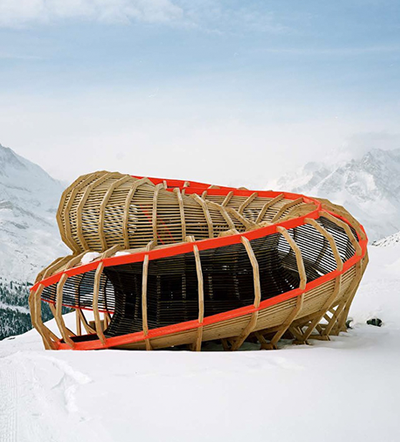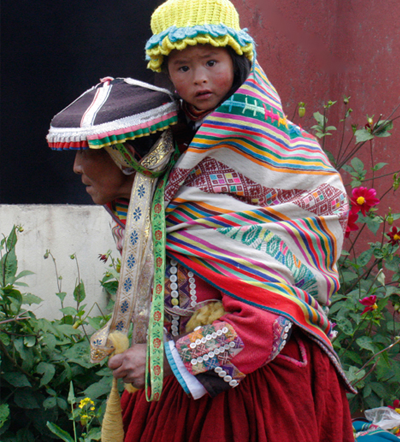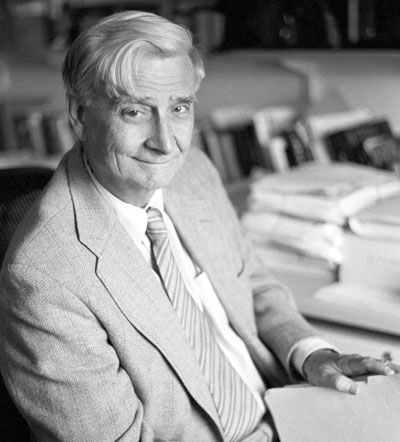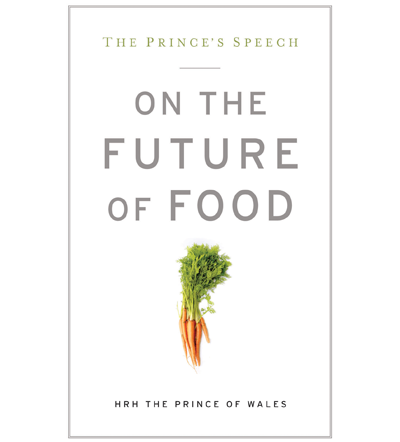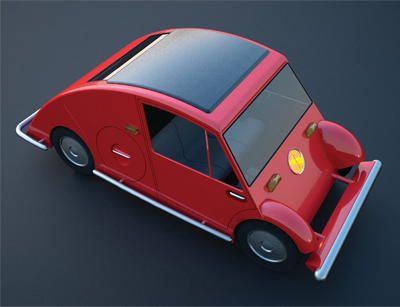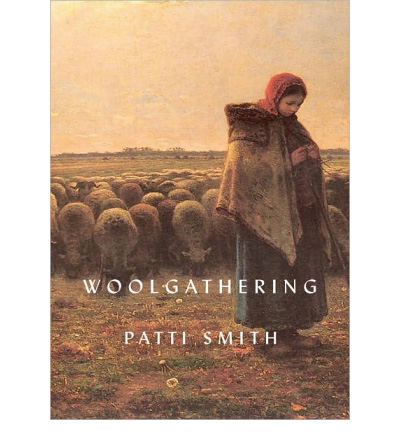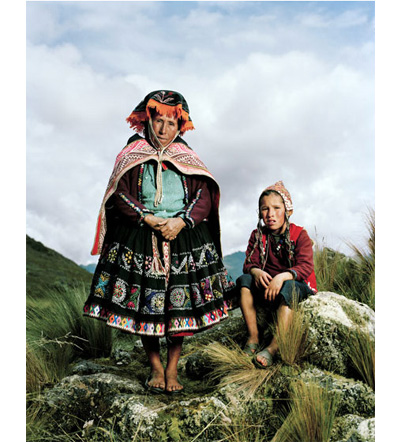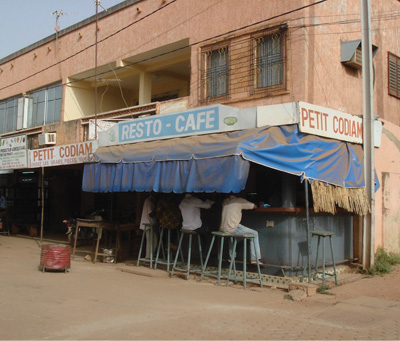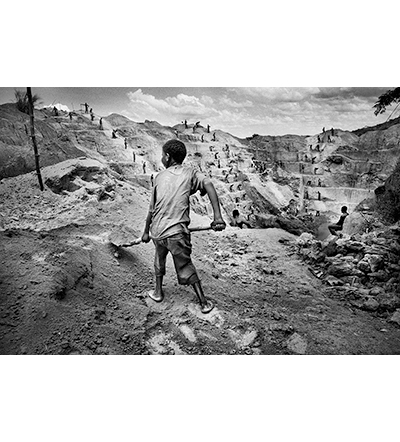
Marcus Bleasdale
For those of us not directly caught up in war, it’s easy to think it as something distant and isolated, an abstraction of bomb blasts, tanks and tents. Of course, though, war is anything but impersonal. Especially in our new century, it often takes place in populated areas and involves substantial collateral damage. Towns are razed, innocents killed, and survivors left with a burden of trauma and guilt.
Knowing this, the best photographers approach war as a human-interest story. It’s an uncomfortable truth that war photography has flourished in the last two decades, with a generation of sensitive young photographers taking the baton from their celebrated predecessors. Among the best are people like Marcus Bleasdale, Paolo Pellegrin, Peter van Agtmael and Tim Hetherington—all of whose work is featured in the moving new book and exhibition, A Form of Love.
The title comes from a quote by writer Sebastian Junger, known for his collaborations with Tim Hetherington. “The willingness to die for another person is a form of love that even religions fail to inspire, and the experience of it changes a person profoundly,” Junger writes. Indeed, in these images we see evidence of soldiers’ love, both in quiet moments and at tragic junctions where they’re trying to save each others’ lives.




 Facebook
Facebook Permalink
Permalink Digg
Digg Reddit
Reddit LinkedIn
LinkedIn StumbleUpon
StumbleUpon Tumblr
Tumblr
